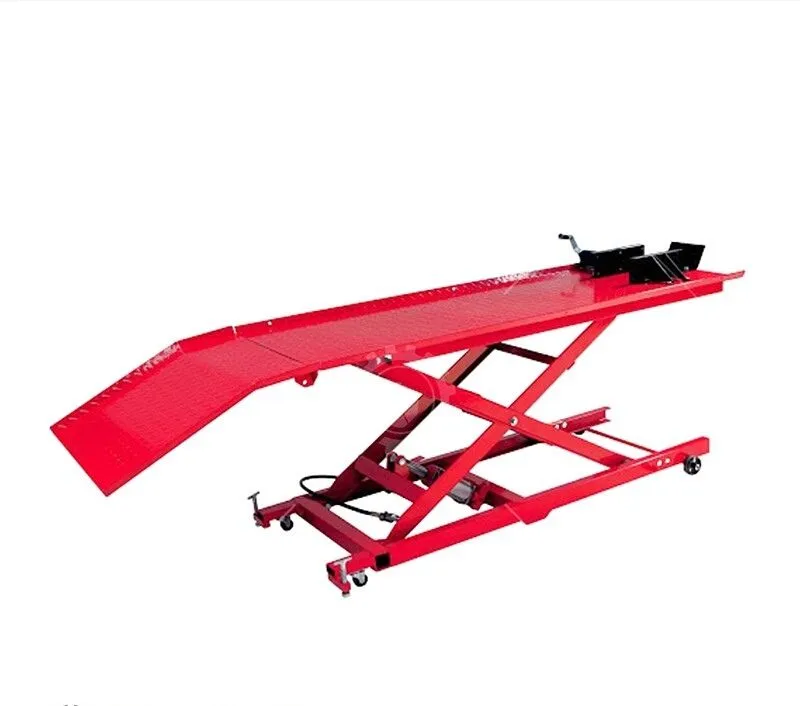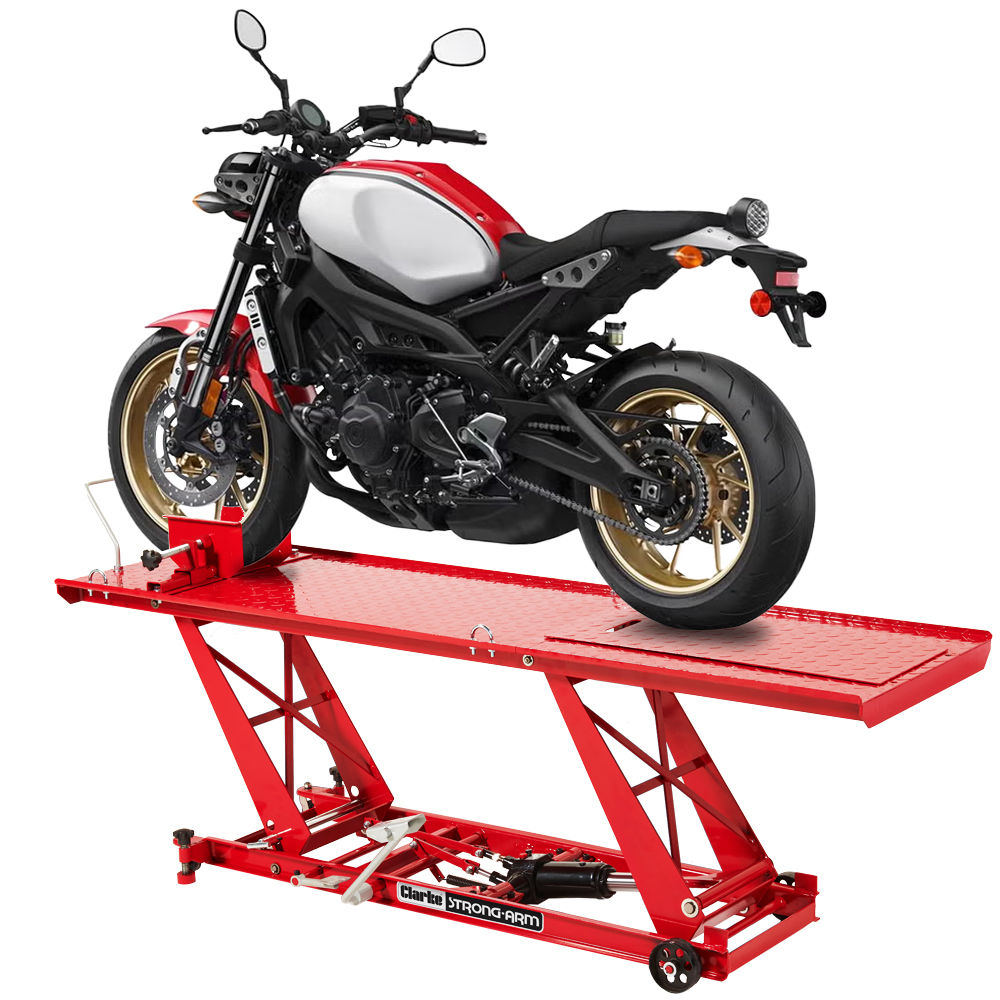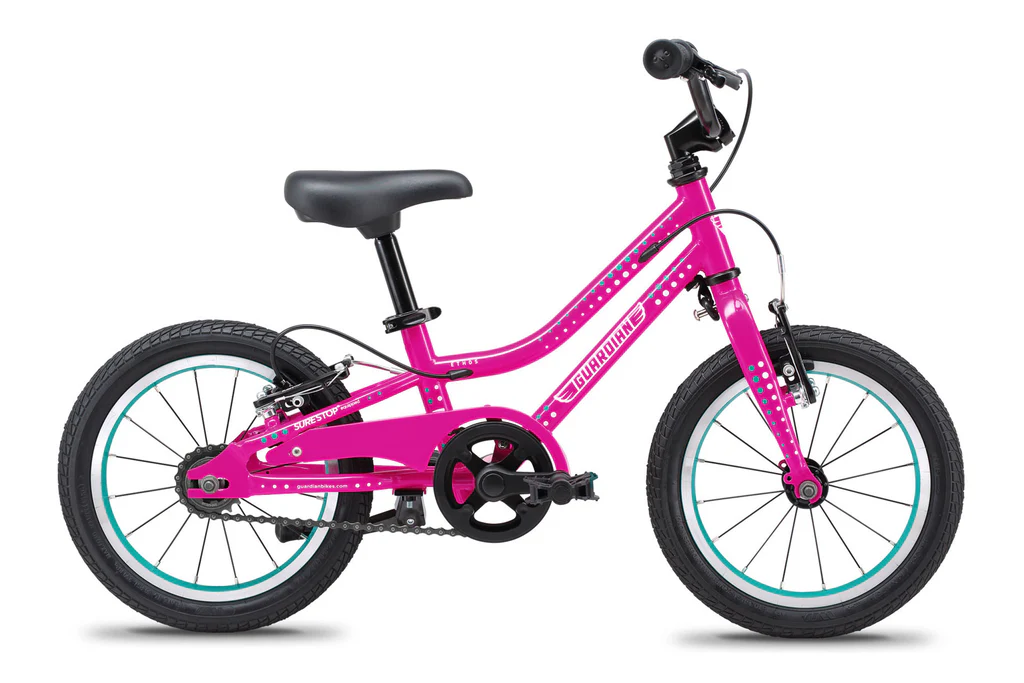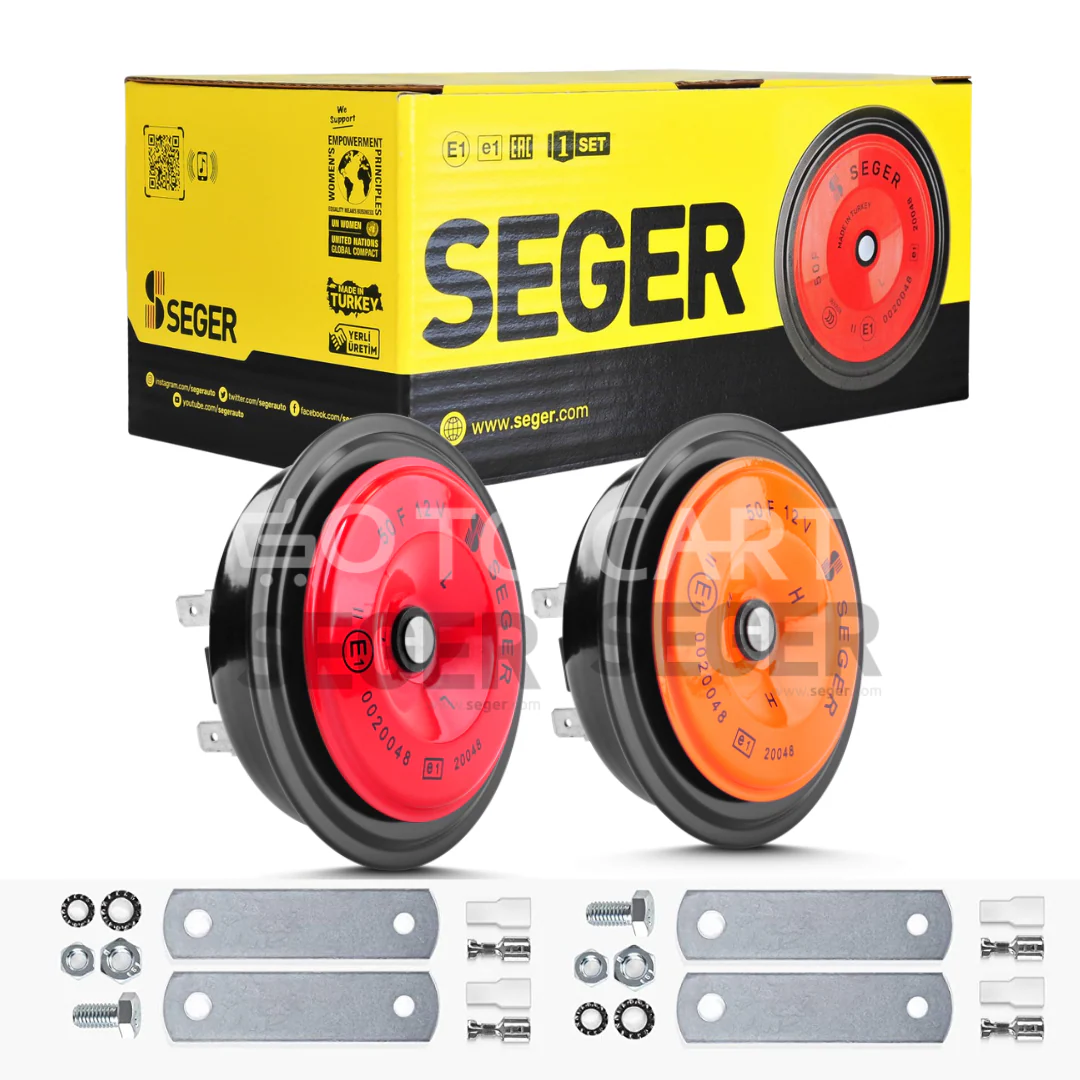Introduction of bike lift
One of the most fun pastimes and sports is riding a bike, but without the proper gear, it can be challenging to maintain your bike. Every cyclist understands the value of convenience and safety when it comes to cleaning, repairing, or just storing. A lift changes everything in this situation.
A lift is a ceiling-mounted or mechanical device that makes it easy to raise your bicycle off the ground. A lift greatly simplifies upkeep, storage, and repairs in both home garages and professional workshops. We’ll go over all you need to know about lifts in this in-depth guide, including their types, features, advantages, and the reasons why every cyclist should have one.
- What Is a Bike Lift?

A lift is a device used to raise bicycles off the ground for storage, cleaning, or maintenance. A lift provides better access to various bike parts and conserves floor space in contrast to traditional stands.
Depending on the needs of the user, lifts can be wall-mounted, hydraulic, or pulley-mounted on the ceiling. Regardless of the kind, a bike lift’s primary function is to offer stability, practicality, and security when handling bikes.
- Bike Lift: Essential Features That Make It Practical
In order to make cycling easier, modern lift systems are designed with cutting-edge features. Among them are
Sturdy Construction: For durability, steel or aluminum is used in its construction.
A pulley or hydraulic mechanism makes lifting simple and requires little effort.
Height Adjustment: Ideal for a variety of bikes.
Space-Saving Design: Options that are mounted on the wall or ceiling free up garage space.
A secure locking system keeps bikes safe and stops unintentional slips.
High Weight Capacity: Able to support e-bikes, road bikes, and mountain bikes.
A lift is useful for both professional mechanics and regular cyclists because of these features.
- Bike Lift: Advantages All Cyclists Should Understand
For cyclists, using a lift has several benefits:
Convenience: Cleaning and repairs are made simpler.
Space Efficiency: Frees up space in the workshop or garage.
Bike Safety – Reduces chances of damage from falling or improper storage.
Improved Maintenance: Makes difficult-to-reach parts accessible.
Versatility—works for multiple type of bikes.
Professional Feel: Creates a home environment that feels like a workshop.
Purchasing a lift is a long-term solution that increases comfort and safety for cyclists.
- Types of Bike Lifts on the Market
Today’s market offers a variety of lift systems, each with special benefits.
A ceiling-mounted lift raises bikes above the ground using pulleys and ropes.
A hydraulic bike lift is ideal for heavy bikes or workshops because it uses hydraulic force.
A wall-mounted bike lift is perfect for apartments or tiny garages.
Easy to use both indoors and out, the floor-stand bike lift is a portable option.
Your space, spending limit, and usage needs will all play a role in selecting the best bike lift.
- Bike Lift: Important Safety Considerations
- Although using a lift is usually safe, the following safety measures must be taken:
- Always verify the lift’s weight capacity.
- Make sure the bike is locked firmly.
- Don’t use too much equipment.
- Check hydraulic systems, cables, and pulleys on a regular basis.
- Install wall or ceiling mounts using sturdy anchors.
- A bike lift can operate safely and dependably for many years if the proper precautions are taken.
- Bike Lift: A Purchase Guide for Novice Users
Take into account the following elements when buying a lift:
Weight Capacity: Verify that it can sustain the weight of your bike.
Material Quality: The most dependable frames are made of steel or aluminum.
Installation Space: Depending on the size of the garage, select wall or ceiling mounts.
Easy to Use: Seek out hydraulic or pulley systems.
Budget: While sophisticated hydraulic lifts can cost over $200, basic models start at about $40.
Portability: Choose a foldable or mobile bike lift if you frequently move your bikes.
For cyclists, a well-chosen lift is a one-time investment that offers significant value.
- Bike Lift: Long-Term Performance Maintenance Advice
- To maintain the best possible condition for your lift:
- Regularly lubricate hydraulic systems or pulleys.
- Look for loose bolts, broken hooks, or frayed ropes.
- To get rid of dust and grease, clean the elevator.
- To avoid rust, store indoors and corrosion.
- To prevent mishaps, replace worn-out components as soon as possible.
- Your bike lift’s lifespan can be greatly increased with a little maintenance.
- Bike Lift: Typical Errors to Avoid
- When using a lift, cyclists frequently make mistakes. Typical errors include the following:
- disregarding the weight restriction.
- The bike was not properly secured before being lifted.
- utilizing flimsy ceiling anchors.
- failing to conduct regular inspections.
- putting bulky objects on the lift next to the bike.
- Maximum performance and safety are ensured by avoiding these errors.
- Why Bike Lifts Are the Way of the Future for Bike Maintenance
The need for effective maintenance equipment is rising as cycling gains popularity across the globe. Because it saves room, eases physical strain, and guarantees safe handling, a lift is the way of the future for bike storage and repair.
Bike lifts are already widely used in professional workshops, and home cyclists are rapidly embracing them as well. Every serious rider will probably need a lift in the coming years.
PakWheel. http://pakwheel.com
In conclusion
For anyone who appreciates cycling comfort, safety, and convenience, a bike lift is more than just an accessory—it’s a need. A bike lift changes how you take care of your bicycle, from reducing garage space to simplifying repairs.
Purchasing a bike lift guarantees that your bike remains in excellent shape and prepared for every ride, regardless of your level of riding experience.
Read more about this bike lift. http://allbikeinfo.xyz/bike-lift








Leave a Reply